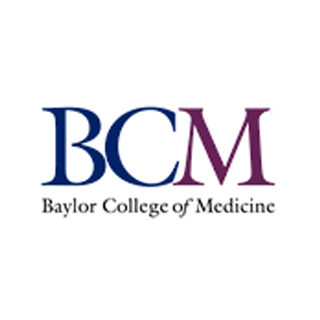
Obstructive sleep apnea is known to be a condition in which tissues in the back of the throat collapse during sleep. Apparently, it results in the cessation of breathing, restless sleep, daytime fatigue, loud snoring, along with frequently waking up gasping for breath.
“In the past, most doctors assumed it was always the soft palate and uvula (soft tissue in the back part of the roof of the mouth) that was collapsing, and they would trim portions of it out,†says Dr. Mas Takashima, assistant professor of otolaryngology. “However, as surgical outcomes have shown, this procedure doesn’t have a 100 percent cure rate.â€
Takashima claimed that it was due to many things other than the soft palate that could obstruct the airway. For example, large tonsils, large tongue base, skeletal abnormalities or the epiglottis. The epiglottis is known to be the structure that prevents food from entering the trachea during swallowing.
Before the analysis, patients are noted to be anesthetized. Also, a drug-induced sleep seems to be obtained so patients can breathe on their own. While asleep, an endoscope, a small flexible device with a camera on the end, is believed to be inserted into the back of the nose in order to view the throat. Through the endoscope, doctors may perhaps be able to watch what happens inside the throat as the person sleeps.
“Of course you are not going to get a good result if surgery is addressed on your soft palate if the main cause of your sleep apnea is your tongue,†elucidates Takashima. “As long as sleep apnea is treated, whether or not a person wants to undergo surgery is up to them. Having the video helps us to understand what surgical options are available, which in turns improves our patient counseling, and more importantly helps prevent unnecessary surgery.â€
There appear to be non-surgical options, namely the CPAP, which requires wearing a breathing mask that blows a continuous stream of air into the throat in order to keep the airway open when one sleeps.
Receiving an up-close view of these areas with the camera while the patient is asleep may possibly help doctors in determining exactly what areas to target. Doctors at Baylor College of Medicine stated that by accurately diagnosing the cause of the obstruction, a more precise and directed surgical therapy could possibly be designed.
